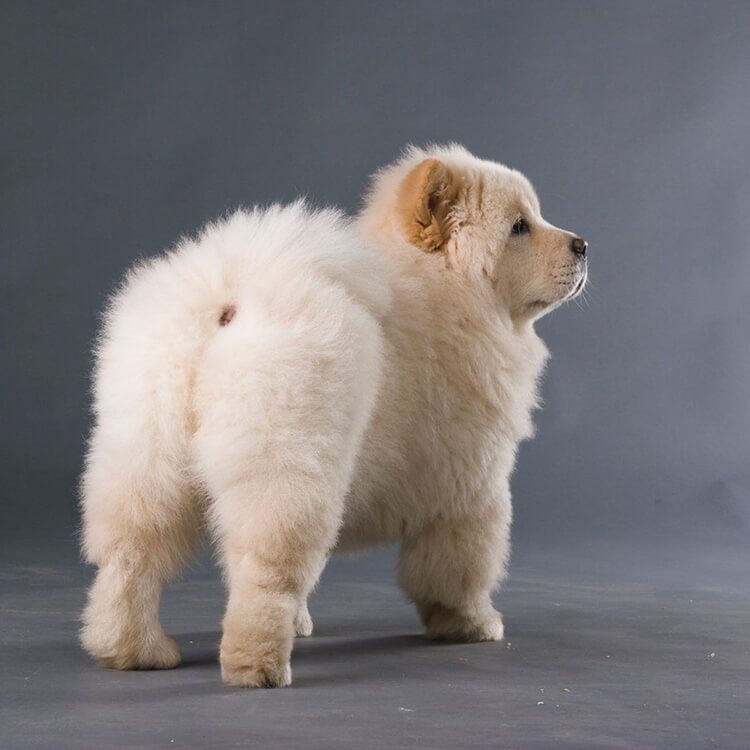


Whether you know it or not, you are probably already familiar with the mighty anal gland. Be it the incessant butt drag, that mystery smell after your dog gets spooked by something, or an encounter with the wrong end of a skunk, most animal lovers have reluctantly become familiar with anal sacs at some point. Anal glands in pets may not be the most enjoyable part of our furry partnerships, but they are something that Pets in Stitches believes that pet owners everywhere should understand.
An Anal What?
Many of our animal friends are blessed with an extra body part that we don’t have. Our pets have two small sacs, just inside of the rectum, called anal glands or anal sacs. These little pungent pockets collect a stinky fluid that is secreted during bowel movements.
This distinct scent is used to communicate information to other creatures in the area. While dogs and cats don’t have voluntary control over this odiferous organ, other animals like skunks most certainly do!
Trouble in Paradise
Typically, pets go through life emptying their anal sacs on their own without our intervention. Sometimes, though, there is trouble in paradise. When things go awry, the consequences can be quite unpleasant.
Some common issues that involve the anal glands in pets include:
Anal gland impaction – If the anal glands do not express normally, the fluid inside continues to accumulate and result in a painful, swollen gland. This is when the dreaded butt scoot usually occurs. Because of the discomfort, pets with an impacted anal gland often will lick at their rectum, drag their rear end, resist having their tail lifted, or be reluctant to have a bowel movement.
Infection – If an impacted anal gland is not treated, its contents may become infected, ultimately resulting in an abscess. Pressure accumulates in the sac until it ruptures, usually in the form of a draining tract just adjacent to the anus.
Tumors – Anal sac tumors, while not common, also do occur. Pets who develop these may appear to be constipated or have other signs of discomfort. Anal sac tumors can be quite aggressive and catching them early can improve the prognosis.
Caring for Anal Glands in Pets
Caring for your pet’s anal glands is an important part of responsible ownership. Not all anal sac issues are necessarily preventable, but there are certainly some things you can do to help your pet stay healthy.
Be sure to:
- Schedule routine wellness examinations for your pet, so problems are more likely to be found early
- Feed a quality diet that contains fiber to encourage natural expression
- Help your pet maintain a healthy body weight (there is a higher frequency of problems with the anal glands in obese animals)
- Have your pet examined right away if you suspect an issue
Anal glands in pets are certainly not the most pleasant part of our four-legged friends, and problems with them can be smelly and painful. If you feel that your pet might be having an issue, don’t wait for a vet visit and don’t try it yourself at home! We’re happy to address any concerns and express glands at our weekly, walk-in Wellness Clinic from 3pm-4pm on Tuesdays & Wednesdays!
